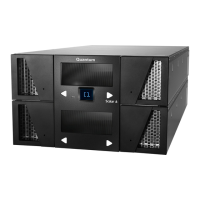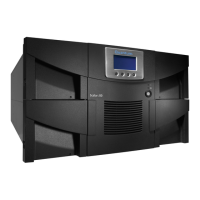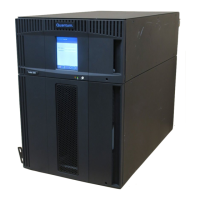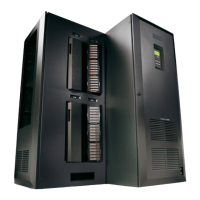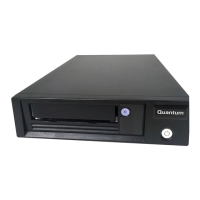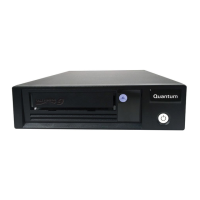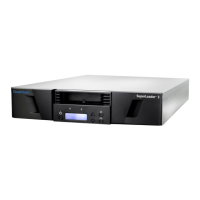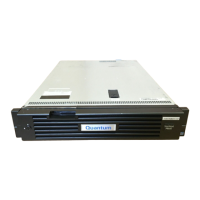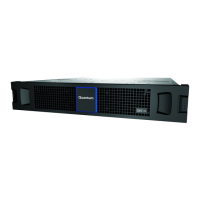Chapter 13: Running Your Library
Library Management Console (LMC)
444 Quantum Scalar i6000 User’s Guide
•The Monitor menu consists of commands that you can use to
obtain status information about various aspects of the library,
including system, drives, connectivity, I/E stations, storage slots,
media, sensors, and users.
•The Setup menu consists of commands that you can use to set up
and configure various aspects of the library, including partitions,
devices, connectivity, network, physical library, users, notifications,
date and time, licenses, e-mail, and SNMP trap registration.
•The To o ls menu consists of commands that you can use to maintain
and troubleshoot the library. These tools enable you to work with
RAS tickets, drives, and connectivity. They also enable you to capture
snapshots, update software, teach the library, save and restore
library configurations, run verification tests, and obtain drive
resource utilization reports.
•The View menu enables you to select the library (either the physical
library or a partition) that you want currently displayed on the main
LMC display. Some LMC menu commands require you to be in either
a physical library or partition view to run them.
•The Connection menu enables you to log on to multiple libraries
and switch between consoles for different libraries without logging
off.
•The Help menu provides you with access to Online Help as well as
information about the library, such as copyright information, the
product version, firmware version, and build information for various
library components (LMC server, LMC client, MCB, CMB, and RCU).
Tab l e 37 on page 445 summarizes all available commands, including
required user privilege levels and required library environments (touch
screen or remote client). The LMC prompts you to take the library offline
or to select either the physical library or a partition if the command you
request requires you to change library mode.
System status buttons are located at the bottom of the library
information panel. If the touch screen remains unused after a period of
time, the library screen saver appears. The color of the screen saver
image reflects the status of the library as indicated by the system status
buttons. For example, if system status buttons show a mix of green
(Good), yellow (Warning or Degraded), and red (Failed) states, the color
of the screen saver image will be red.
